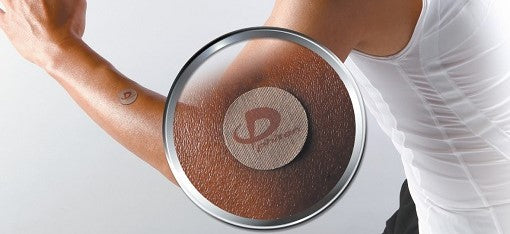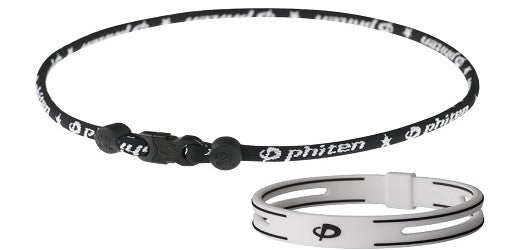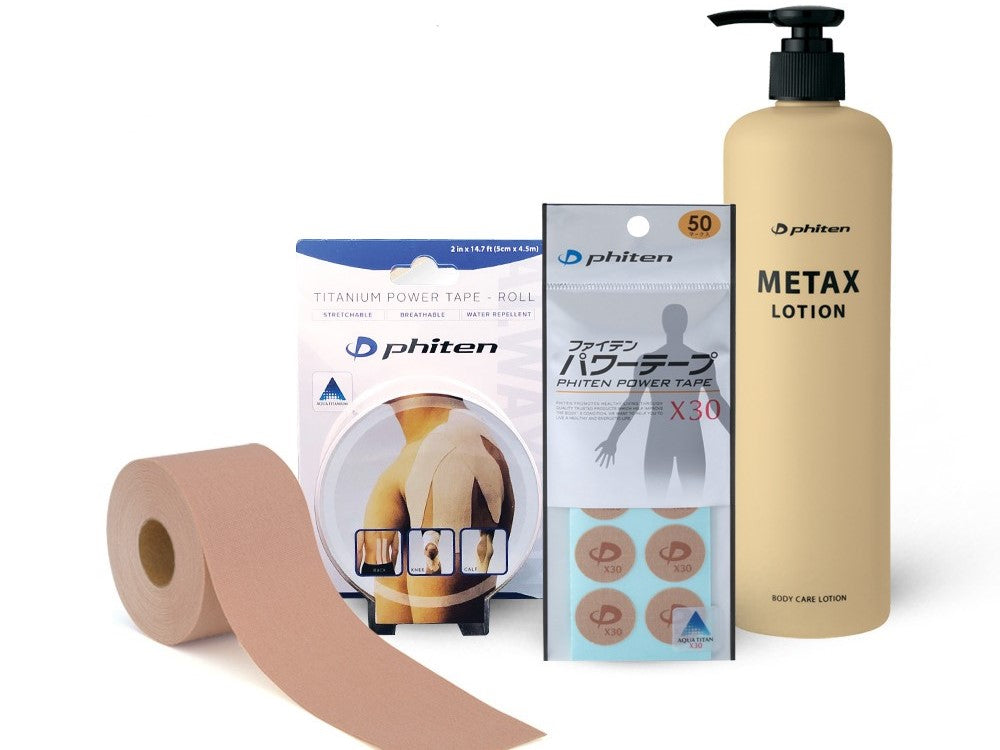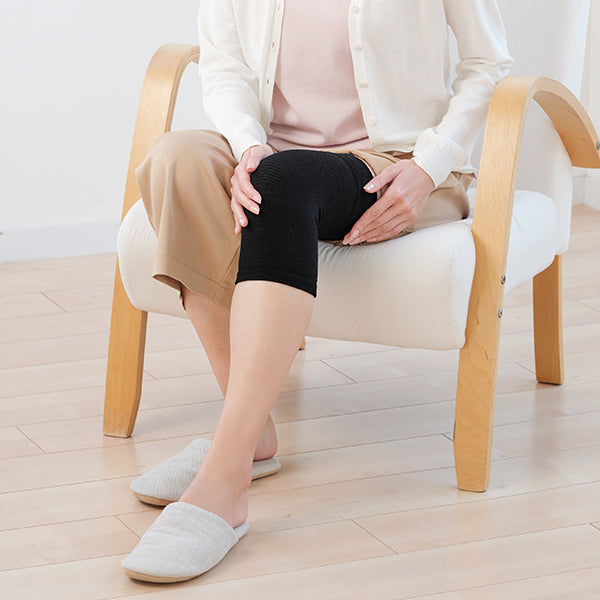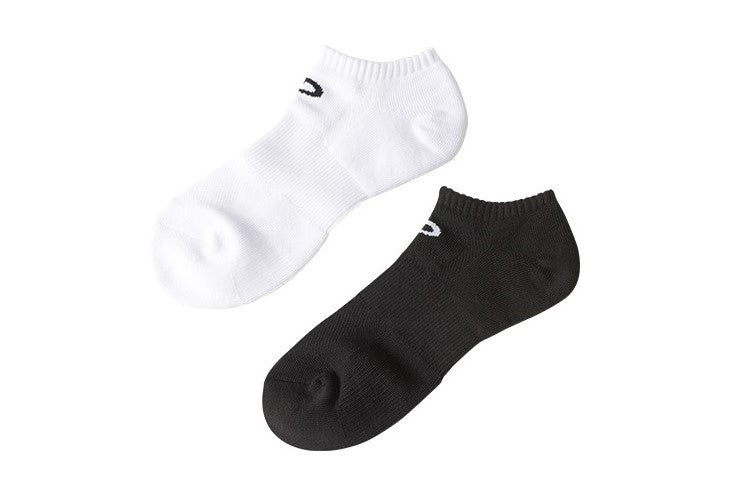Golfer's Elbow: What You Should Know
Hello, Valued Phiten Customers,
Welcome back to our series on the causes of elbow pain. After discussing Tennis Elbow last week, this week we turn our attention to Golfer's Elbow. This condition can cause significant discomfort and impact your daily activities. Let's explore what Golfer's Elbow is, its causes, symptoms, and how you can manage it effectively.
Understanding Golfer's Elbow
Golfer's Elbow, also known as Medial Epicondylitis, is a condition caused by the overuse of the muscles and tendons on the inside of the forearm. This overuse leads to inflammation and micro-tears in the tendons that attach to the medial epicondyle of the elbow.
Causes of Golfer's Elbow
Golfer's Elbow is commonly associated with repetitive motions that involve bending the wrist or clenching the fingers, such as those used in golf. For right-handed golfers, the left elbow is more commonly affected due to the stress placed on it during the golf swing. However, it can also affect individuals who engage in activities requiring repetitive arm and wrist movements, such as baseball pitchers, weightlifters, carpenters, plumbers, and even those who frequently lift heavy objects. The condition is not limited to athletes and can occur in anyone who performs repetitive tasks with their arms.

Symptoms of Golfer's Elbow
- Pain and tenderness on the inner side of the elbow
- Weak grip strength
- Pain that worsens with activities involving the wrist and forearm, such as lifting, gripping, or twisting
- Possible stiffness and restricted motion in the elbow joint
- Numbness or tingling that may radiate into the fingers
Prevention and Management
Managing and preventing Golfer's Elbow involves a combination of lifestyle adjustments, therapeutic exercises, and medical treatments to reduce symptoms and promote healing. The strategies for Golfer's Elbow are very similar to those for Tennis Elbow. This is because both conditions involve overuse and inflammation of the tendons around the elbow joint. Here are some key strategies to manage and prevent Golfer's Elbow:
- Rest and Activity Modification: Avoiding activities that exacerbate the pain and allowing the tendons to heal. Gradually reintroducing activities while paying attention to any pain or discomfort.
- Ice Therapy: Applying ice packs to the affected area can help reduce pain and inflammation. Use ice for 15-20 minutes several times a day, especially after activities that cause discomfort.
- Stretching and Strengthening Exercises: Engaging in specific exercises to stretch and strengthen the forearm muscles can help prevent and alleviate Golfer's Elbow. Consulting a physical therapist for a tailored exercise program is recommended.
- Ergonomic Adjustments: Ensuring that workspaces and daily activities do not strain the elbow. This includes using ergonomic tools and maintaining proper posture during activities.
- Bracing and Supports: Wearing a brace or forearm strap can help reduce strain on the tendons and provide support during activities.
- Medications: Over-the-counter pain relievers, such as non-steroidal anti-inflammatory drugs (NSAIDs), can help manage pain and inflammation.
- Physical Therapy: Working with a physical therapist can provide guided rehabilitation exercises and techniques to promote healing and prevent recurrence.
- Medical Interventions: In severe cases, treatments such as corticosteroid injections or surgery may be considered. Consulting with a healthcare professional for appropriate interventions is important.
We hope this introduction to Golfer's Elbow helps you understand how to recognize and manage this common cause of elbow pain. Stay tuned for our next newsletter, where we'll explore another cause of elbow discomfort.
Stay informed, stay healthy,
Disclaimer:
Please note that the information provided in this newsletter is for educational purposes only. It is not intended as a substitute for professional medical advice, diagnosis, or treatment. Always seek the advice of your physician or other qualified health providers with any questions you may have regarding a medical condition. Individual cases may vary, emphasizing the importance of personalized medical advice.


